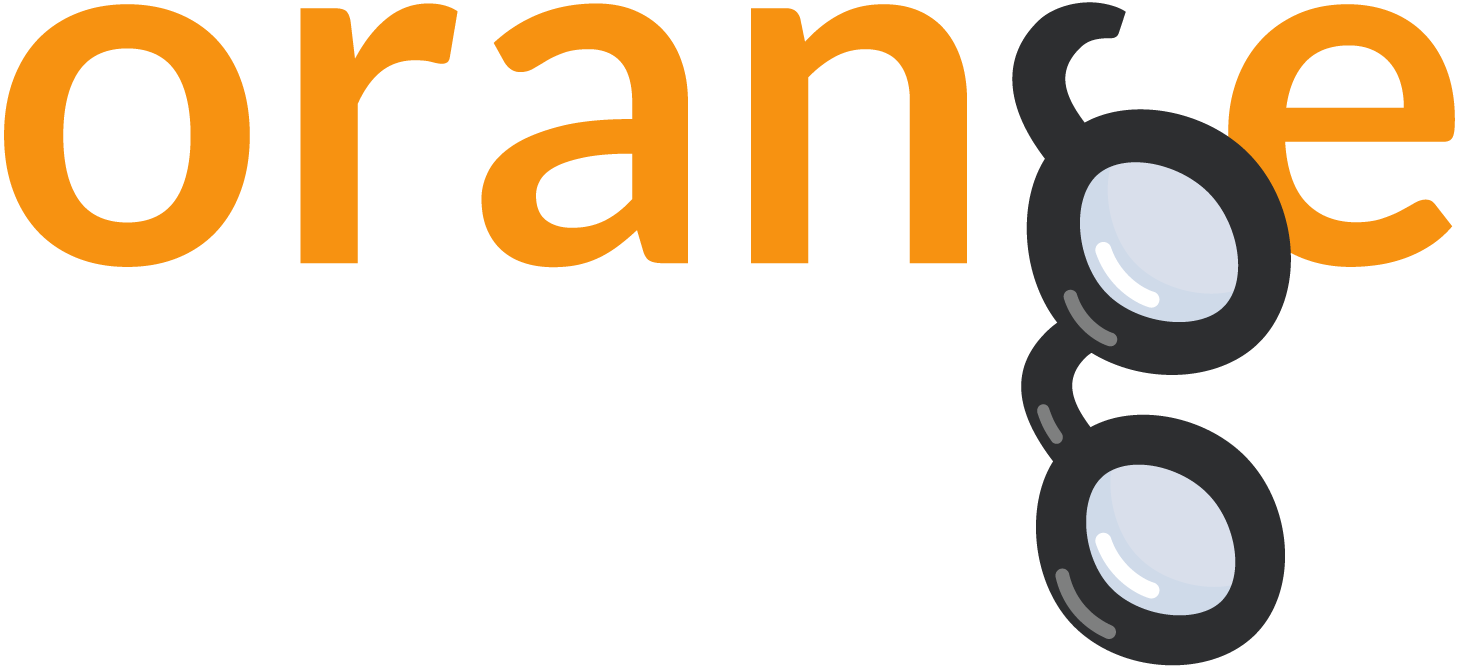Orange Blog
By: AJDA, Apr 14, 2016
Univariate GSoC Success
Google Summer of Code application period has come to an end. We’ve received 34 applications, some of which were of truly high quality. Now it’s upon us to select the top performing candidates, but before that we wanted to have an overlook of the candidate pool. We’ve gathered data from our Google Form application and gave it a quick view in Orange. First, we needed to preprocess the data a bit, since it came in a messy form of strings.
By: AJDA, Mar 23, 2016
All I See is Silhouette
Silhouette plot is such a nice method for visually assessing cluster quality and the degree of cluster membership that we simply couldn’t wait to get it into Orange3. And now we did. What this visualization displays is the average distance between instances within the cluster and instances in the nearest cluster. For a given data instance, the silhouette close to 1 indicates that the data instance is close to the center of the cluster.
By: AJDA, Dec 28, 2015
Color it!
Holiday season is upon us and even the Orange team is in a festive mood. This is why we made a Color widget! This fascinating artsy widget will allow you to play with your data set in a new and exciting way. No more dull visualizations and default color schemes! Set your own colors the way YOU want it to! Care for some magical cyan-to-magenta? Or do you prefer a more festive red-to-green?
By: AJDA, Nov 27, 2015
Mining our own data
Recently we’ve made a short survey that was, upon Orange download, asking people how they found out about Orange, what was their data mining level and where do they work. The main purpose of this is to get a better insight into our user base and to figure out what is the profile of people interested in trying Orange. Here we have some preliminary results that we’ve managed to gather in the past three weeks or so.
By: BLAZ, Oct 9, 2015
Data Mining Course in Houston
We have just completed an Introduction to Data Mining, a graduate course at Baylor College of Medicine in Texas, Houston. The course was given in September and consisted of seven two-hour lectures, each one followed with a homework assignment. The course was attended by about 40 students and some faculty and research staff. This was a challenging course. The audience was new to data mining, and we decided to teach them with the newest, third version of Orange.
By: AJDA, Oct 2, 2015
A visit from the Tilburg University
Biolab is currently hosting two amazing data scientists from the Tilburg University - dr. Marie Nilsen and dr. Eric Postma, who are preparing a 20-lecture MOOC on data science for non-technical audience. A part of the course will use Orange. The majority of their students is coming from humanities, law, economy and behavioral studies, thus we are discussing options and opportunities for adapting Orange for social scientists. Another great thing is that the course is designed for beginner level data miners, showcasing that anybody can mine the data and learn from it.
By: AJDA, Sep 25, 2015
Save your graphs!
If you are often working with Orange, you probably have noticed a small button at the bottom of most visualization widgets. “Save Graph” now enables you to export graphs, charts, and hierarchical trees to your computer and use them in your reports. Because people need to see it to believe it! “Save Graph” will save visualizations to your computer. Save Graph function is available in Paint Data, Image Viewer, all visualization widgets, and a few others (list is below).
By: AJDA, Aug 28, 2015
Scatter Plot Projection Rank
One of the nicest and surely most useful visualization widgets in Orange is Scatter Plot. The widget displays a 2-D plot, where x and y-axes are two attributes from the data. 2-dimensional scatter plot visualization Orange 2.7 has a wonderful functionality called VizRank, that is now implemented also in Orange 3. Rank Projections functionality enables you to find interesting attribute pairs by scoring their average classification accuracy. Click ‘Start Evaluation’ to begin ranking.
By: AJDA, Jul 24, 2015
Visualizing Misclassifications
In data mining classification is one of the key methods for making predictions and gaining important information from our data. We would, for example, use classification for predicting which patients are likely to have the disease based on a given set of symptoms. In Orange an easy way to classify your data is to select several classification widgets (e.g. Naive Bayes, Classification Tree and Linear Regression), compare the prediction quality of each learner with Test Learners and Confusion Matrix and then use the best performing classifier on a new data set for classification.
By: AJDA, Jul 20, 2015
Explorative data analysis with Hierarchical Clustering
Today we will write about cluster analysis with Hierarchical Clustering widget. We use a well-known Iris data set, which contains 150 Iris flowers, each belonging to one of the three species (setosa, versicolor and virginica). To an untrained eye the three species are very alike, so how could we best tell them apart? The data set contains measurements of sepal and petal dimensions (width and length) and we assume that these gives rise to interesting clustering.
